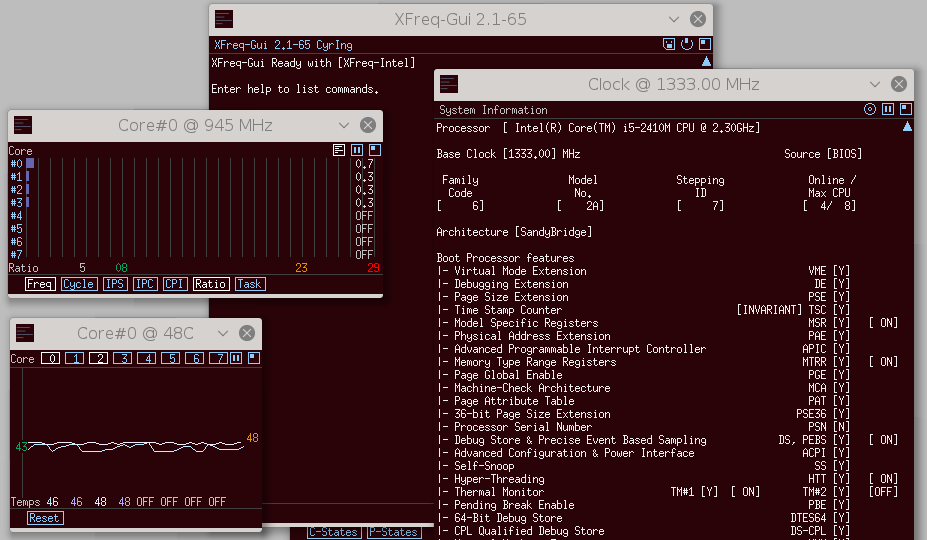
For a long time, we were taught that things move in the power of 2 (binary) in the computing world. The available memory is the amount of RAM available for new or existing processes.ġ.9 GiB of RAM sounds strange, isn't it? Should it not be 2 GB? Notice the free column? Free memory is the amount of RAM which is currently not used for anything. If your system is often running out of available RAM, you should consider adding swap space to your Ubuntu machine. This available RAM is the free RAM your system can use. You have to focus on the Mem row and the total and available columns.Īs you can see, my Ubuntu server (running this site) has 1.9 GB of total RAM and 1.1 GB of available RAM. Total used free shared buff/cache available You should see an output like this: :~# free -h This means that you get to see the RAM size in GB, MB etc instead of in bytes. The -h option displays the output in a human-readable format. You can use the free command to display the amount of free and used memory (RAM) in the system.

In this tutorial, I'll show you how you can achieve the following in the terminal:Ĭheck the total RAM size and the free RAM You may even want to check the kind of RAM it is (DDR1 or DDR2). As someone who manages Ubuntu servers, you'll need to know how much RAM your system has, and how much of the RAM is free to use.


 0 kommentar(er)
0 kommentar(er)
